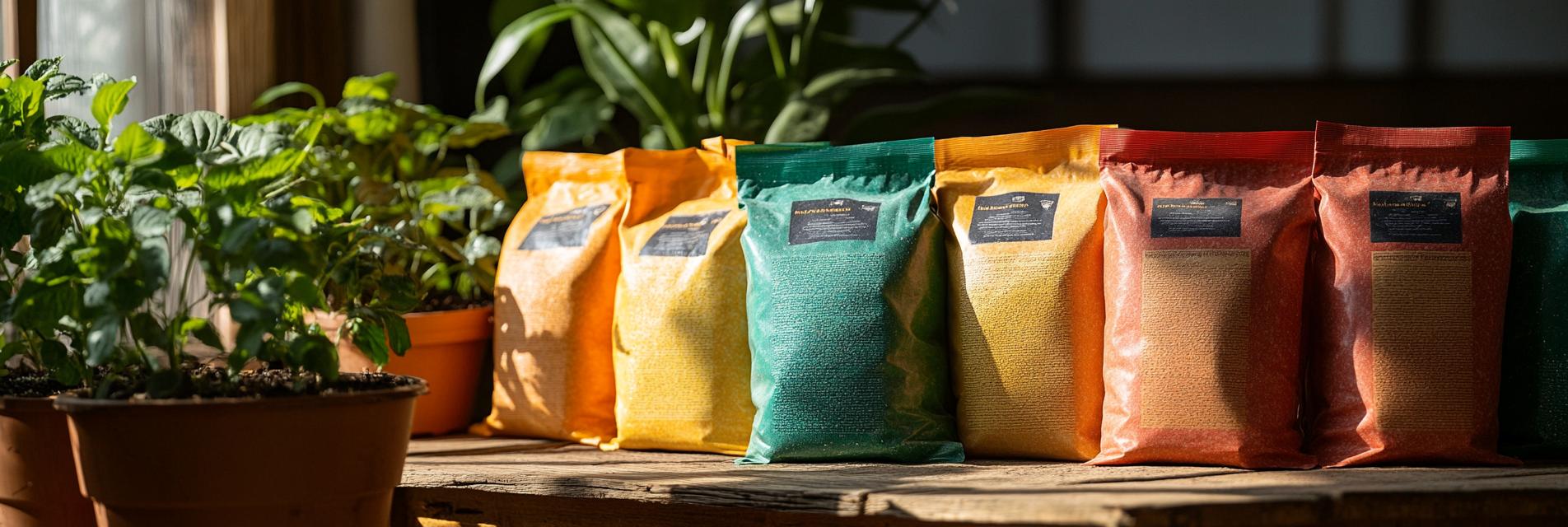Phosphate fertilizers are essential for promoting healthy plant growth and increasing crop yield. However, with various types of phosphate fertilizers available in the market, choosing the right one can be challenging. In this guide, we will explore the differences between phosphate fertilizers and offer solutions to common issues encountered in their application.
Phosphate fertilizers primarily fall into three categories:
MAP is a highly soluble fertilizer that provides both phosphorus and nitrogen. It’s ideal for use in cool and acidic soils. If you're growing crops like corn or wheat in such soils, MAP can enhance early root development and crop vigor.
DAP is another widely used phosphate fertilizer that offers excellent solubility. It supplies essential nutrients to a range of crops, particularly during the early stages of growth. In alkaline or neutral soils, DAP can facilitate better nutrient uptake.
As a natural mineral source of phosphorus, rock phosphate is less soluble than MAP and DAP. It gradually releases nutrients over time, making it suitable for long-term soil management. Farmers with phosphate-deficient soils can benefit from incorporating rock phosphate into their fertilization strategy.
Selecting the appropriate phosphate fertilizer depends on several factors:
Understanding your soil’s pH, nutrient content, and structure is crucial. For instance, soils that are acidic may require MAP, while alkaline soils may respond better to DAP.
Different crops have varying nutrient needs. Conducting a soil test can help determine which fertilizer will best satisfy the nutritional demands of your specific crops.
The timing of fertilizer application can significantly impact its effectiveness. Early application of MAP or DAP can support crops during critical growth phases, while rock phosphate may be better suited as a soil amendment in preparation for future plantings.

When using phosphate fertilizers, farmers can face several issues:
In high pH soils, nutrients can become locked up and unavailable to plants. To combat this, consider applying fertilizers that also contain chelating agents to enhance nutrient availability.
Applying too much fertilizer can harm crops and the environment. It’s essential to follow recommended application rates based on soil tests and crop needs.
Achieving even fertilizer distribution is critical. Using modern applicators can help ensure that phosphate fertilizers are applied uniformly across fields, improving nutrient uptake by crops.
Choosing the right phosphate fertilizer is vital for optimizing crop yield and promoting sustainable agricultural practices. By understanding the differences in fertilizer types, evaluating soil and crop needs, and addressing common challenges, farmers can make informed decisions that benefit both their crops and the environment.